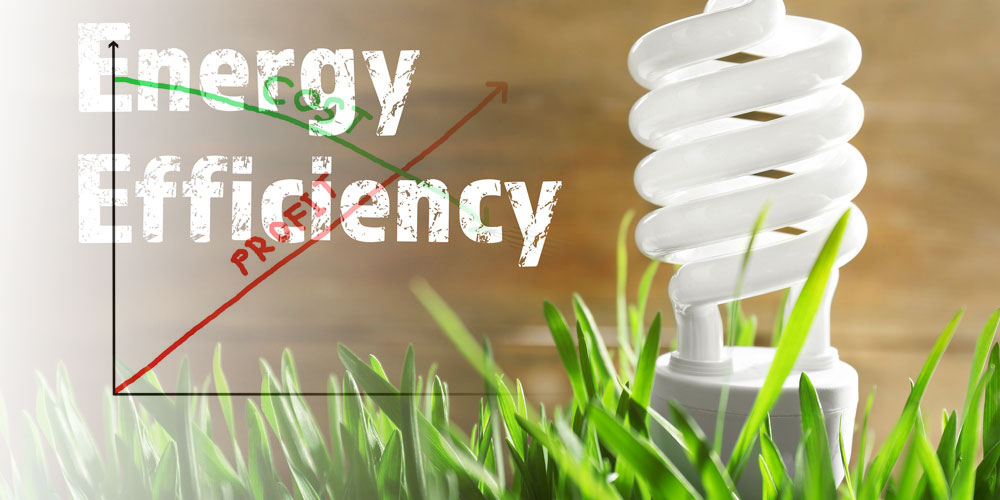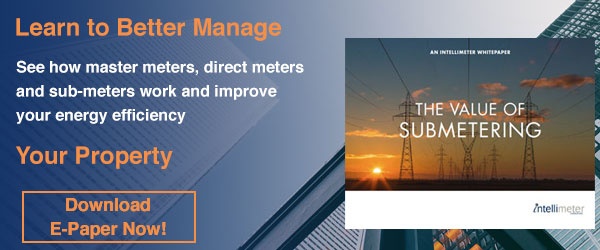Submetering paves the way to equitable billing, energy and water conservation, and demand reduction on the building infrastructure. Through the use of individual submeters, building owners, property managers, and tenants gain insight into how they consume energy and water and the performance of the building in greater detail and real time.
Some of the immediate, short-term benefits to submetering are evident: changes in household behaviour that lead to a dramatic decrease in resource consumption, landlords distributing costs for tenants in a fair proportion, and an incredibly high return on investment quickly after installing the submeters.
That being said, there are also long-term improvements you can expect with submetering.
Building Efficiency
Installing submeters has proven what many have already suspected: when responsible for their own utility costs, tenants are more likely to conserve resources. Studies have shown that the average conservation of resources post-submetering starts at 20%. Improvements begin in the first month after the submeter installation.
Long-term, this efficiency grows deeper. Submeters and sensors provide large amounts of data over time. This data offers invaluable insight to building managers and owners about resource consumption; in case the Energy Analysis software package does not have it, the data reports can be used to generate heat maps for the building, identifying outliers, whether tenants or areas of the building that consume more resources than others.
Accountability
Landlords have different options once a submeter is installed in the building. They can either continue charging a flat rate but informing their tenants of their resource use, or they can introduce new charges, improving their revenue stream.
A perhaps unpredictable long-term advantage of submetering is fewer landlord-tenant disputes. Submeters allow for more accurate determination of resource use, and thus there is no question of whether or not the distribution of costs is fair.
Cost
The return on investment (ROI) is relatively high and happens quickly after installing submeters (from two to six months), in the long run, these savings accumulate.
Another major benefit of the data submeters provide, is identifying potential leaks, damages, and other operation and maintenance issues. This allows for easy repairs and timely preventative maintenance. Submeters can also verify whether certain efficiency technologies have been correctly installed and are delivering the expected performance. All of that contributes to lower operation costs and keeps the entire building system running smoothly for longer periods of time.
Conclusion
The short-term and long-term benefits of submetering are undeniable.
Efficiency-wise, submetering causes a dramatic decrease in resource consumption right off the bat. It provides essential data for building owners and managers to spot retrofitting opportunities and how some areas of the building compare to others.
The ROI of submetering is indisputable, even if it may seem like a significant investment at first. Over a more extended period of time, submeters provide crucial information about the condition and the operation of the building. Repairs can be scheduled to program maintenance intervention when convenient at lower costs.
Lastly, submeters also eliminate un healthy arguments between tenants and managers and are an excellent way to settle disputes related to resource consumption and payment.
Considering all that, it is no wonder that more and more property owners and managers are looking into submetering as an effective method for saving costs and helping the environment.


